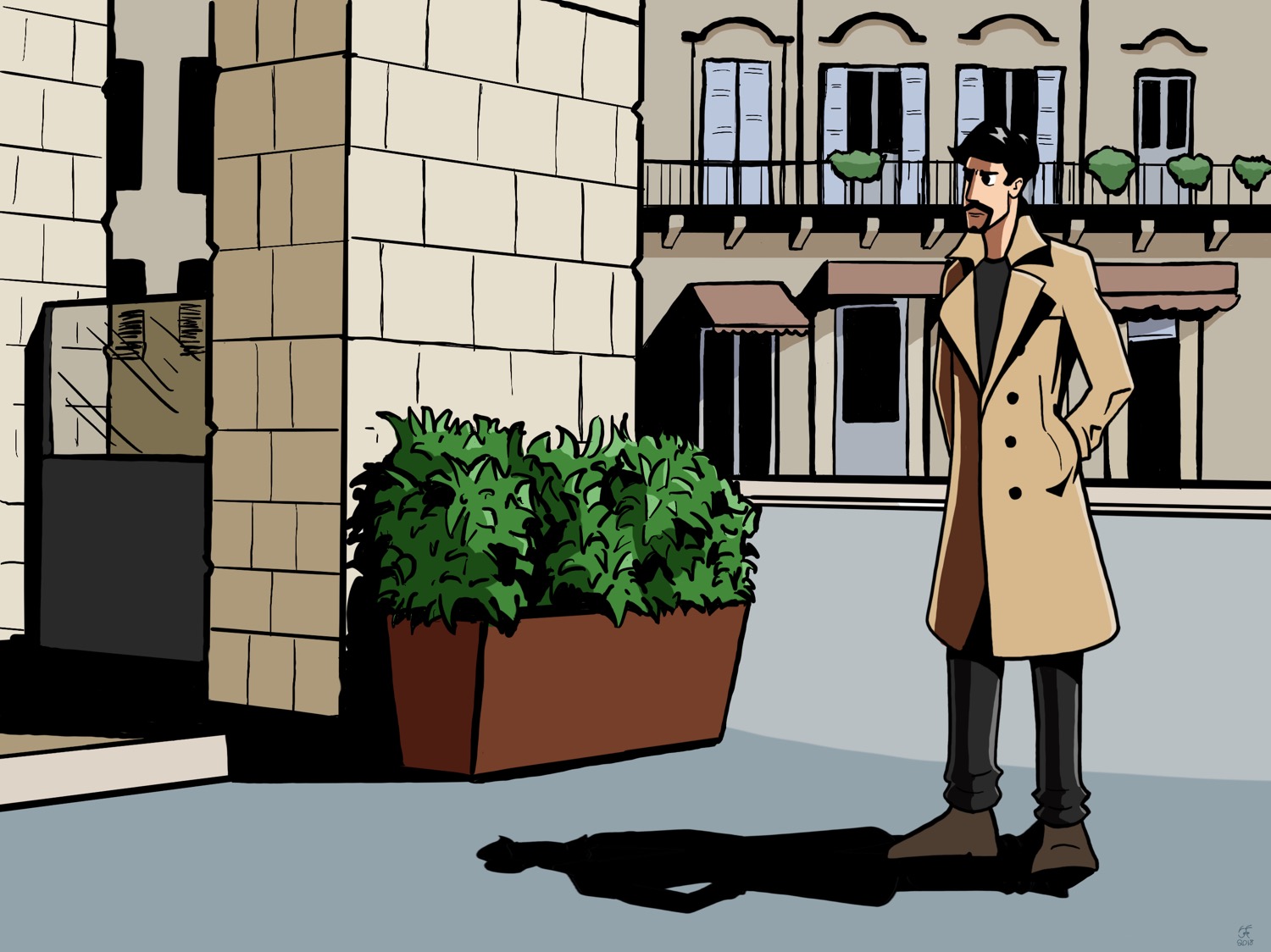Levelling Up My Skills
After creating the ultimate guide to animation tools on the mac, I have settled on using After Effects with Duik Bassel to do my animating.
Unfortunately, learning how to use the tools is the easy bit.
Drawing Fundamentals
Adventure games are made up of unique characters in interesting and believable environments.
It’s important to recognise that character design and environment design are two separate skills and I could (and many do) spend a lifetime getting good at either one of these.
I am going to be attempting both. I will also be doing most of the writing, coding, and music.
This will necessarily limit the quality of each of these disciplines and my only hope is that the uniqueness of my attempting to do them all will add up to something more than the sum of its parts.
However, even allowing for this limitation, my drawing skills are not where I need or want them to be.
So this summer I’ve been working on a self-guided intensive drawing course to help level up.
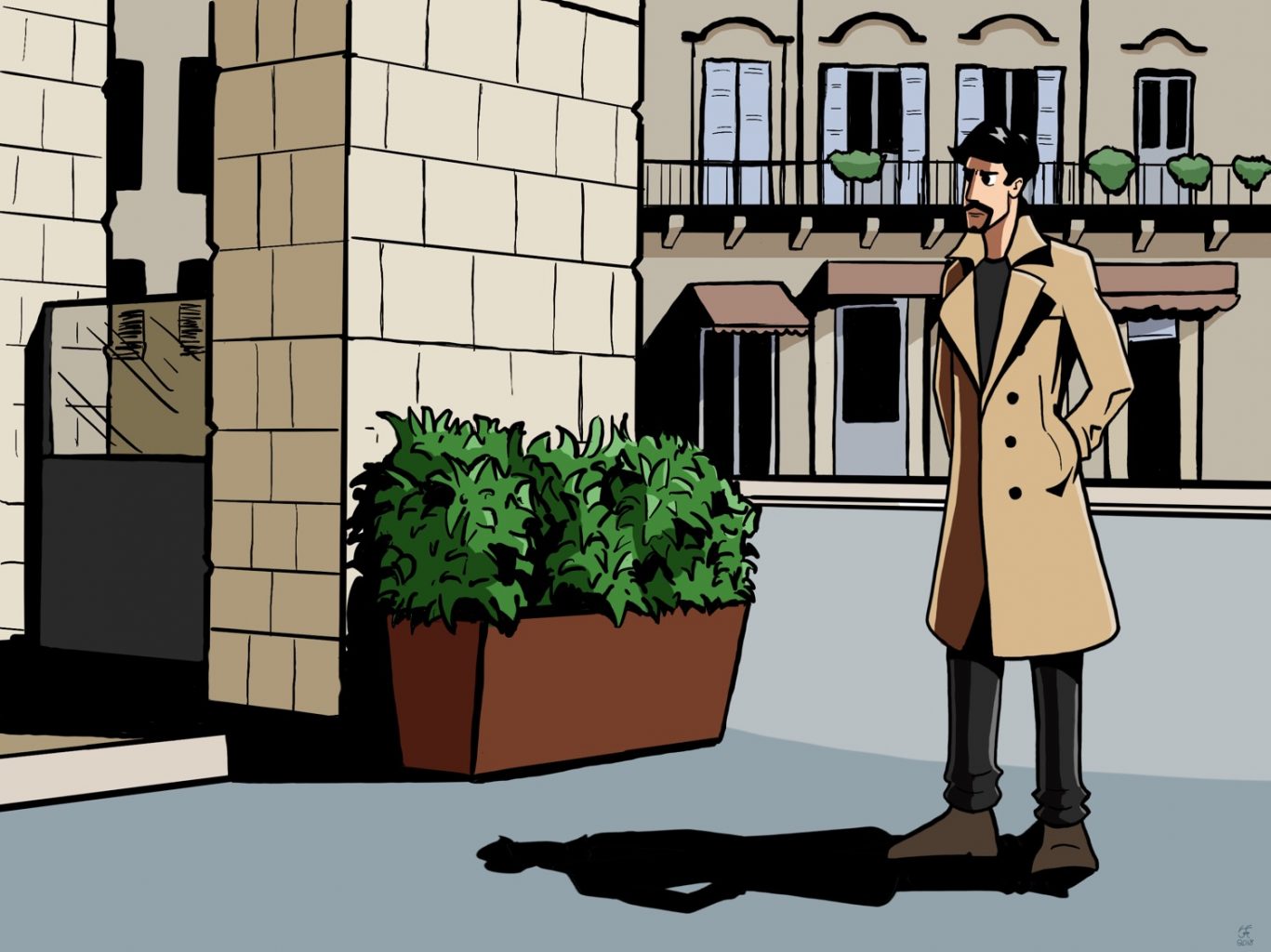
Characters
Even with my limited experience of animating thus far, I am discovering that the fundamentals of character design need to be solid. Animating relies on these fundamentals like nothing I’ve ever done before—all the flaws in gesture, action, weight, and form become much more apparent when the dimension of time is added.
To work on these important concepts, I’ve been using Glenn Vilppu’s Renaissance Figure Drawing course on New Masters’ Academy.
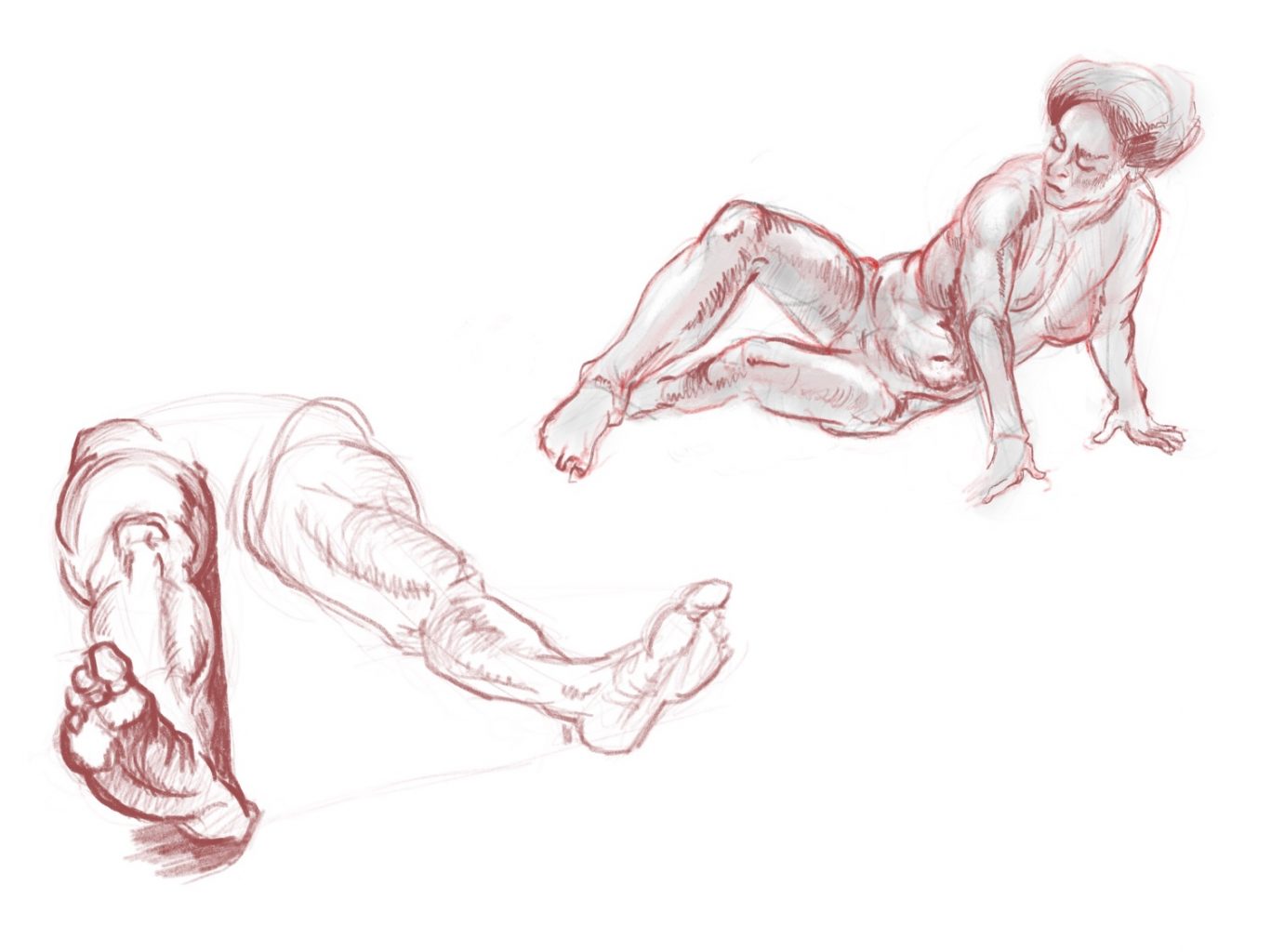
I really like Glenn’s videos. He’s a very amiable teacher—it’s like listening to a friendly, encouraging uncle—and his approach to drawing is much more in tune with mine.
His focus is on analysing and understanding forms and then using different techniques to bring out these forms, rather than doing a straight copy of a model. He doesn’t tend to measure and instead relies on the gesture, movement, and a comprehensive knowledge of anatomy to construct a pose.
His focus on the simple underlying gesture and building up the forms help create solid, believable designs that are full of life. He also has this eye for composition that’s incredibly well developed. These concepts-through lines, relationships between forms, and movement—can be applied to every figure to create more pleasing compositions, even when designing a character for rigging.
Environments
On the other hand, many of the environments in my games will be adapted from real world places, and Brent Eviston’s The Art and Science of Drawing on Skillshare has been very helpful in learning techniques to translate what I’m seeing in the world on to the page.
His focus is on observational drawing. I appreciate that he hammers home this idea that practice is everything and that simply watching videos doesn’t count, which is refreshing in this world of speed painting "tutorials". The concepts of observation drawing are relatively easy to grasp, the hard work is putting in the time to get good at them.
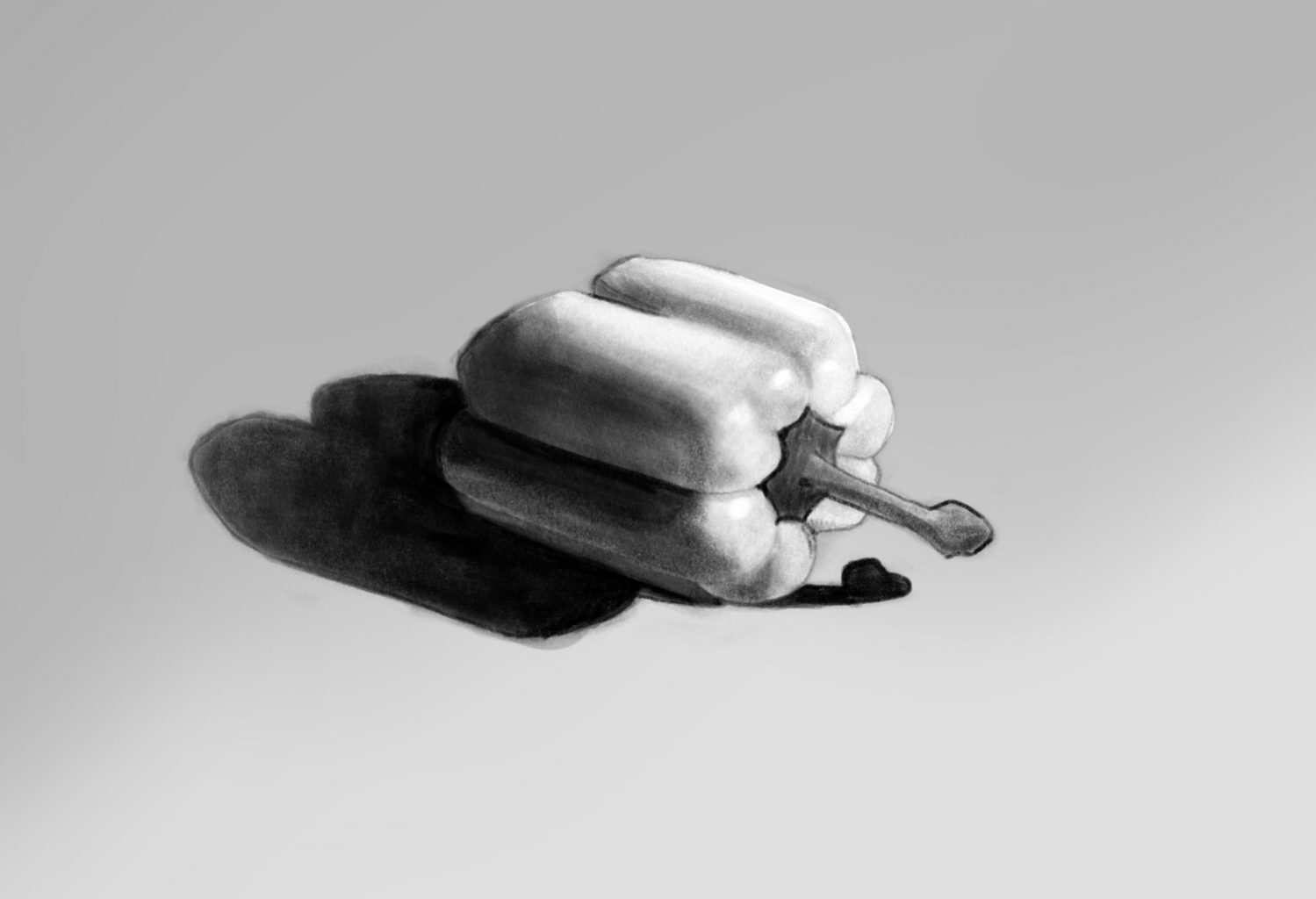
At the end of each day’s lesson, he assigns a project that takes between 30 minutes and an hour to complete and emphasises that this is the important part.
Animating Like a Pro
Designing characters for animating with a rig is a whole other skill. Characters need to be drawn very carefully, especially at the joints, so that when it comes to animate them the lines remain believable.
For this, I’ve been using this excellent Skillshare course on character rigging using Duik and After Effects by Jake Bartlett. It’s comprehensive but approachable and he provides four different character designs across a range of illustration styles to practice with.
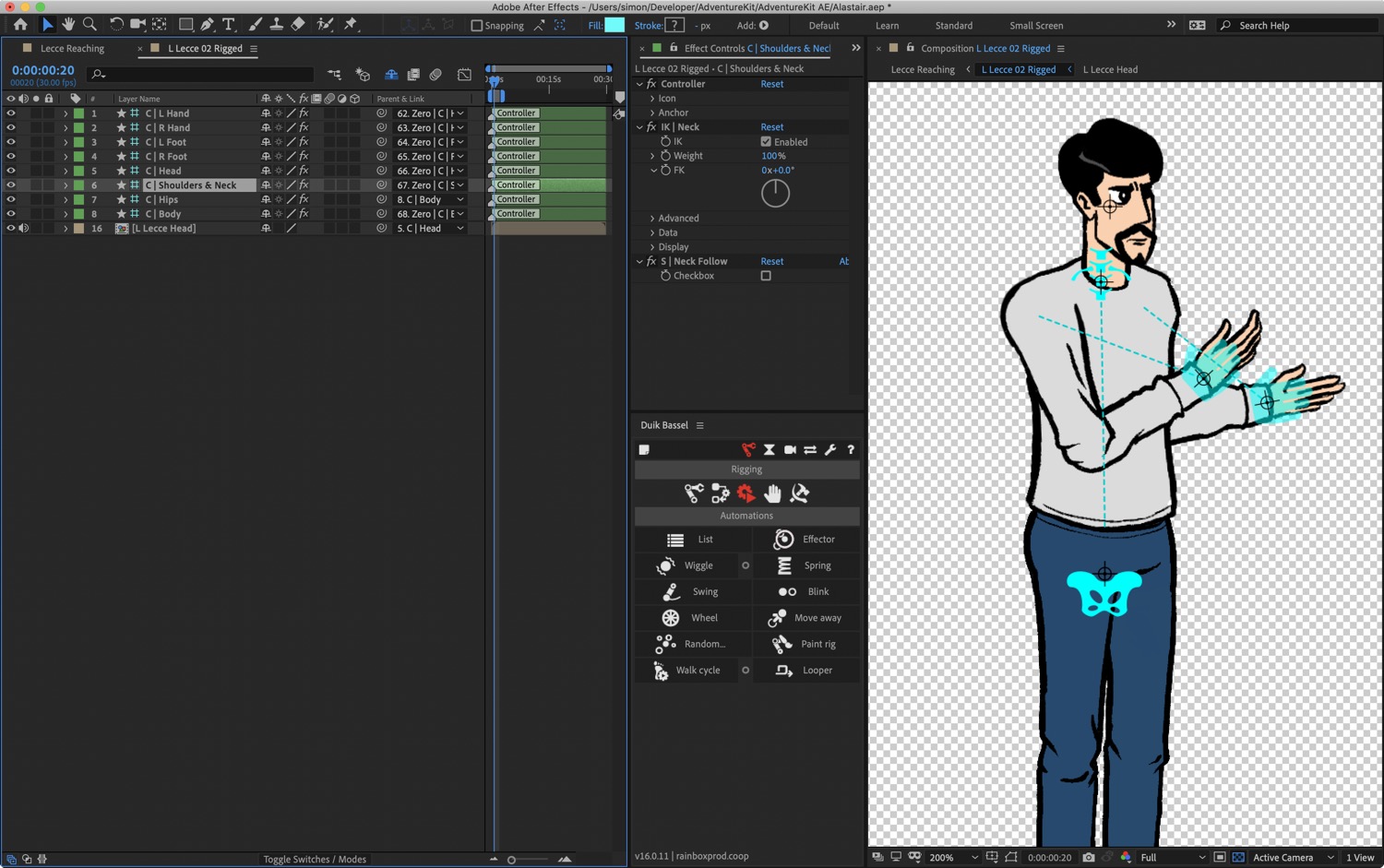
He has additional free videos on YouTube, including one on how to set up heads for lip syncing. Combined with the rigging course, it’s basically everything I need to get started with making animated characters for my adventure games.
I’ve also found the BaM Animation YouTube channel to have some useful tips on animating in general.
Working With What I’ve Got
I fundamentally believe that one of the biggest parts of improving any skill is getting the work out into the world, with all its imperfections.
I’ve found there’s a shift that happens in my perspective when something is released—I see it the way other people are likely to see it, warts and all (another way of achieving this same effect is to not look at it for 6–12 weeks, but I’m way too impatient for that).
The flaws are suddenly extremely obvious to me and it becomes clear what I need to work on for next time but this shift only seems to happen once I’ve hit the publish button.
I am therefore deliberately limiting the time I’m spending learning so I can get to producing and releasing.
